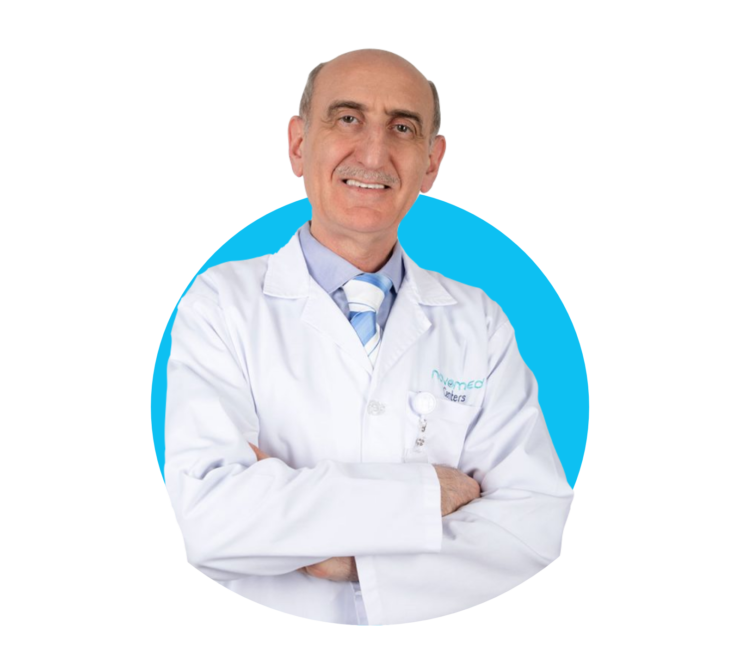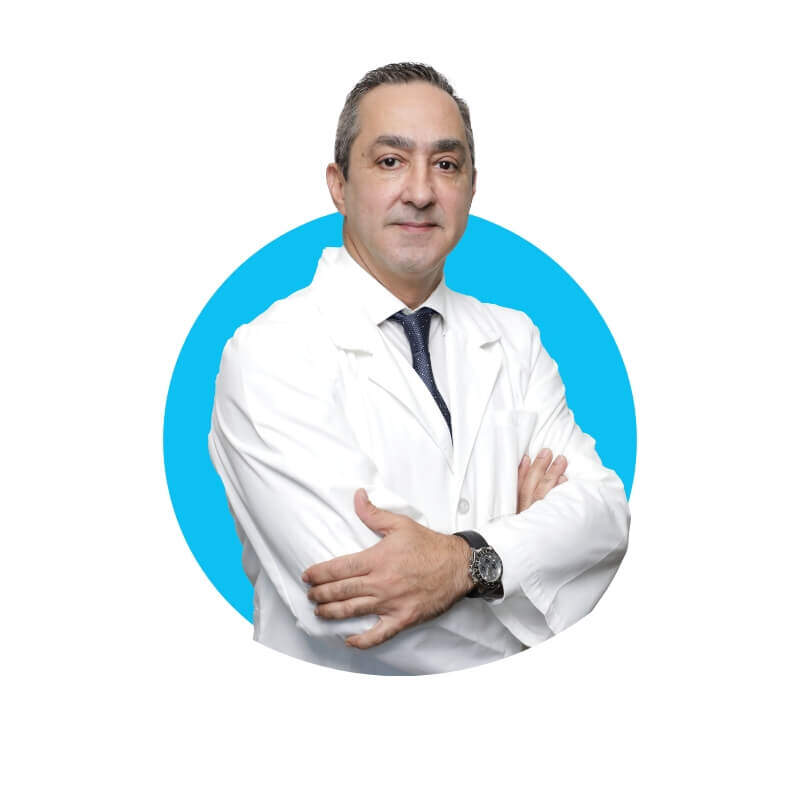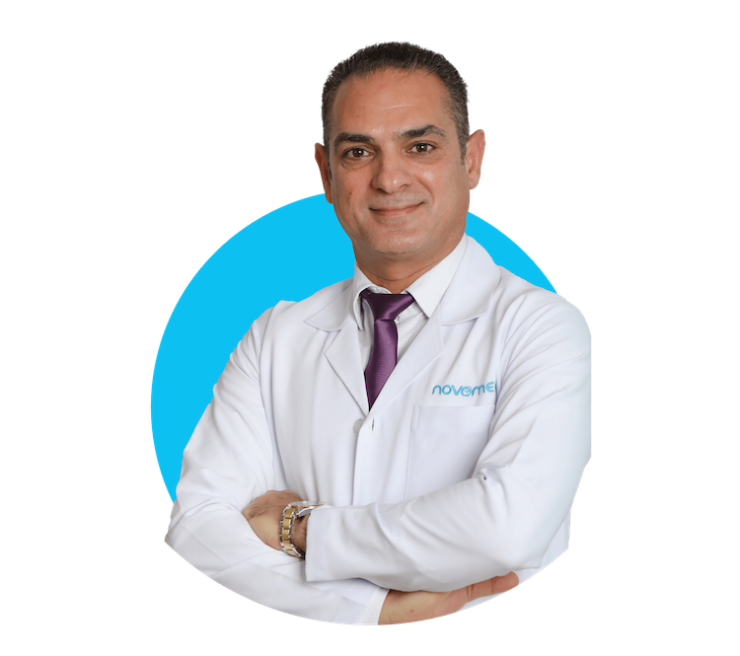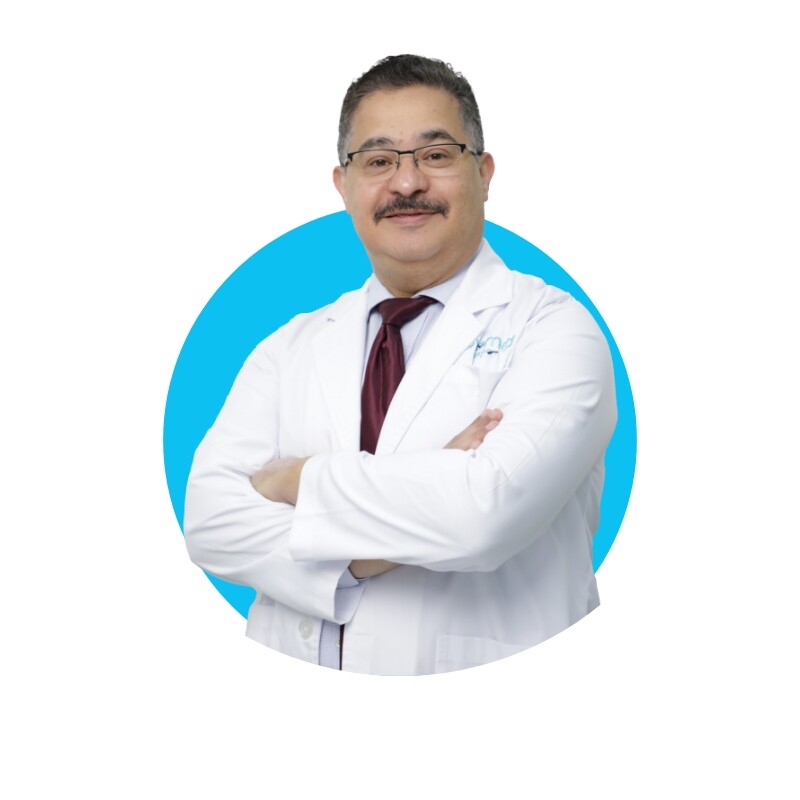Varicocele Treatment in Dubai, Abu Dhabi and Al Ain
Varicocele is a vein abnormality in men and occurs when veins called pampiniform plexus become enlarged inside your scrotum (surrounding your testicles). It is believed that around 15% of males have a varicocele.
Varicocele symptoms
Most men with a varicocele have no symptoms, but that doesn’t mean it is harmless. Varicocele may cause infertility and, during puberty, lead to slower growth of the left testicle. Varicoceles may be behind the fertility issues in about 40% of men who have problems fathering a child. Sometimes these veins can lead to swelling of the scrotum, or they may cause a dull pain, usually brought on by standing or lifting a heavy weight.
Varicocele causes
Due to anatomical reasons, varicoceles are more often found on the left side. It is believed that varicoceles develop because defective valves prevent blood from flowing properly through the spermatic cord (which carries blood to and from the testicles). However, they can also sometimes be the result of other causes such as cancer of the kidney.
Varicocele diagnosis
Varicoceles are usually found through self-examination of the scrotum (some patients describe them as looking like a ‘bag of worms’) or during a routine medical check-up. Urologists usually check for varicoceles and confirm their presence or significance by using an ultrasound or Doppler ultrasound.
Varicocele treatment
Often, varicoceles are not treated unless they cause problems. Surgery is usually offered if it causes pain, is affecting a patient’s fertility, or if the left testicle is growing more slowly than the right.
There are no drugs to treat or prevent varicoceles.
Surgical treatment
There are many ways to do varicocele surgery, but all involve blocking the blood flow in the pampiniform plexus veins. Two common procedures are:
The blocking of the blood flow is done through a single 1 inch (less-than-3cm) cut. Your surgeon might use a magnifying glass or operating microscope to view the small veins while you are under local or general anesthesia.
This procedure is done under anesthesia and conducted through narrow tubes inserted into your body through a small incision. The surgeon uses a special camera to see inside.
Surgery results
Since surgeons now use smaller incisions through the muscle for open surgery, healing time and pain are about the same as compared to laparoscopic surgery. Problems after either surgery are rare, but could include:
- varicocele remaining (persistence) or returning (recurrence), which happens in fewer than 1 in 10 patients
- fluid forming around the testicle (hydrocele)
- injury to the testicular artery
Most of the time, patients return to normal activities after 5 days with little pain.
[xyz-ihs snippet=”B-A-Section”]





